Tomatoes are an essential crop for many home gardeners, known for their incredible versatility and taste that far surpasses store-bought options. Knowing the best time to plant tomatoes is crucial for a successful harvest, as factors such as climate, soil temperature, and available sunlight can greatly affect the growth and production of these popular plants.
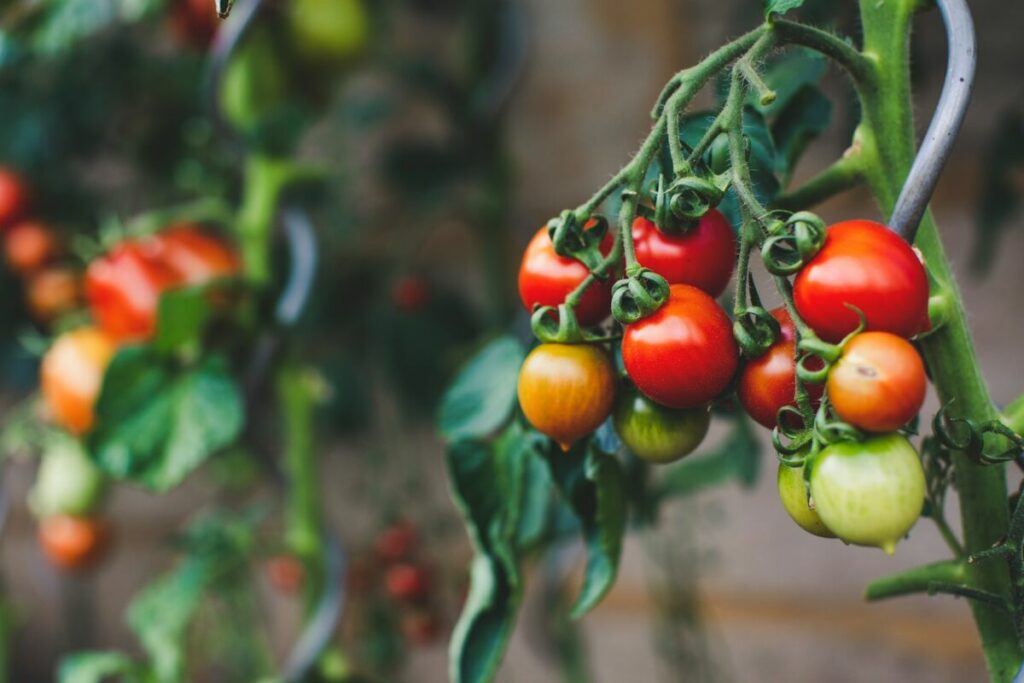
The ideal time to plant tomatoes is when the soil temperature has reached 60°F (16°C), as this warm environment allows the plants to thrive and establish strong roots. Ensuring that your tomato plants have access to at least 6-8 hours of full sun daily is also important for optimal growth. To achieve the best outcome, most gardeners will start their tomato seeds indoors 6-8 weeks before the last frost, allowing the seedlings to develop under controlled conditions before transplanting them outdoors after the danger of frost has passed.
Factors Determining the Best Time to Plant Tomatoes
Climate and USDA Hardiness Zone
The best time to plant tomatoes is highly influenced by the climate in your area. The USDA Hardiness Zone map can be a helpful tool for identifying the appropriate planting times based on regional temperatures. The key factor for tomatoes is that nighttime temperatures should be consistently above 50°F, and it is best to wait to plant until soil temperatures are around 60°F.
Last Frost Date and First Frost Date
Tomato plants will not set fruit until the nighttime temperature reaches 55°F, making it important to plant when the nighttime temperature stays consistently above 50°F. To estimate the best planting time, consider the average last frost date in your area and start planting tomato seeds indoors around 60 days before the last frost date. Transplant the seedlings outdoors once the temperatures remain above 50°F.
Microclimates
Microclimates can cause variations in temperatures within the same gardening zone. Factors such as elevation, proximity to bodies of water, and wind patterns can create microclimates that affect when tomatoes should be planted. Be aware of your garden’s specific microclimate and adjust planting times accordingly.
Tomato Varieties and Growing Season
There are many different tomato varieties, each with its own growing season length. Some varieties have shorter growing seasons, while others require more time to fully mature. Identify your chosen tomato variety and its growing season length to determine the best time to plant. Starting seeds indoors can help you extend the growing season, especially if you live in an area with shorter summers.
Remember, consistently monitoring temperature and understanding your specific gardening location’s unique factors will help ensure successful tomato planting and harvesting.
Preparing for Planting
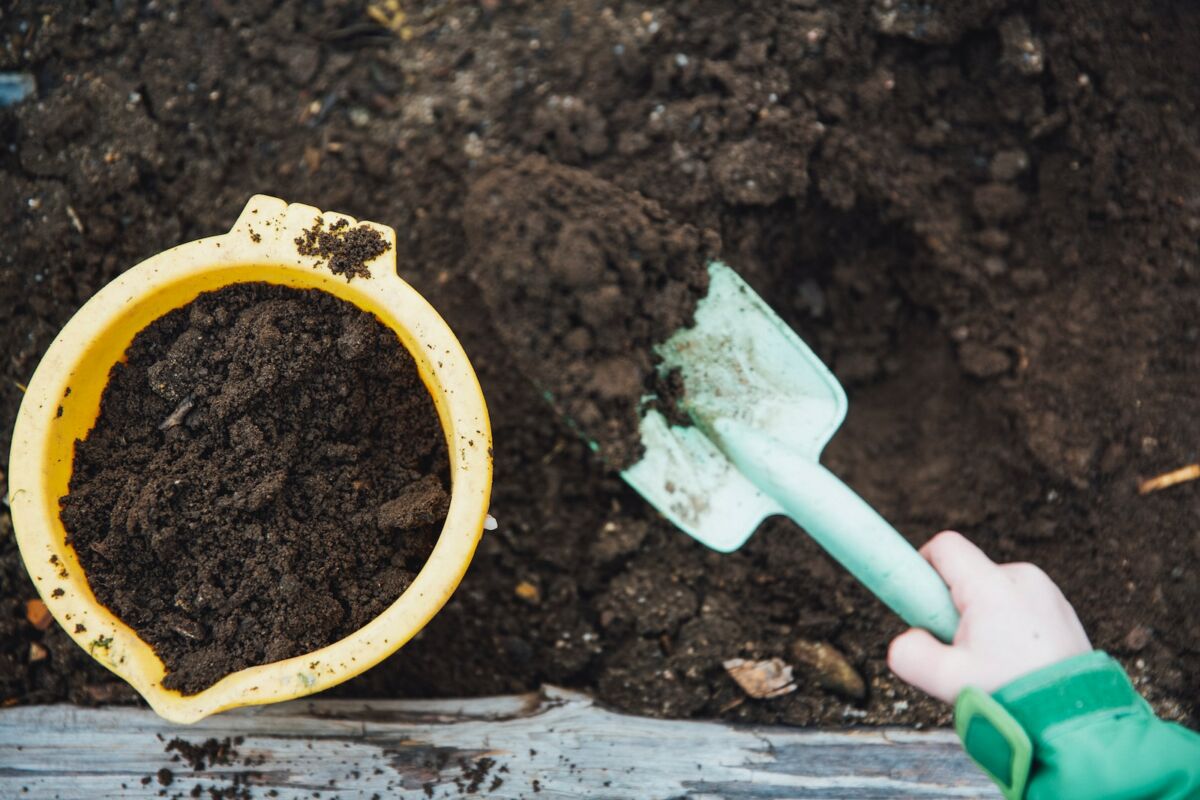
Starting Tomato Seeds Indoors
To give your tomatoes a head start, it’s a good idea to plant the seeds indoors 6-8 weeks before the last frost. Use a quality seed starting mix and place seeds about ¼” deep. Make sure the seeds receive ample light from grow lights or a sunny, warm window. As the seedlings grow, adjust the lights or lower the plants to maintain a distance of a couple of inches. Before transplantation, harden off seedlings in a sheltered outdoor place for one week.
Selecting the Right Tomato Variety
With so many tomato varieties available, choosing the right one for your needs is essential. Consider factors like the size of your garden, your preferred taste, and your local climate. Some tomato varieties are better suited to different soil types and climates, while others produce different-sized fruit, like cherry tomatoes or beefsteak tomatoes. Researching and selecting a variety that matches your requirements will ensure a successful harvest.
Garden Soil and Soil Temperature
Your garden soil plays a crucial role in the success of your tomato plants. Tomatoes thrive in well-draining, fertile soil with a pH between 5.8 and 7. If you have issues with clay or compacted soil, consider adding compost or other organic matter to improve drainage and fertility.
Monitoring soil temperature is also important, as the ideal temperature for planting tomatoes is 60°F (16°C). To test the soil temperature, insert your finger into the soil. If it feels warm and comfortable, you can proceed with planting.
Choosing Between Stakes and Cages
When preparing to plant tomatoes, consider how you’ll support the plants as they grow. Stakes and cages are two common methods:
- Stakes: Drive stakes 2 inches away from each plant, tying the main stem loosely to the stake with soft twine. Staking keeps the fruit off the ground and improves air circulation, reducing the risk of disease.
- Cages: Tomato cages provide a more flexible structure for plants to grow, with less maintenance required. Choose sturdy cages made from metal or wood, and place them around the young plants. As tomatoes grow, they’ll naturally fill the cage without the need for tying.
Properly preparing your garden and selecting the appropriate tomato variety, soil conditions, and support structures will help ensure a successful tomato planting season.
Planting Techniques
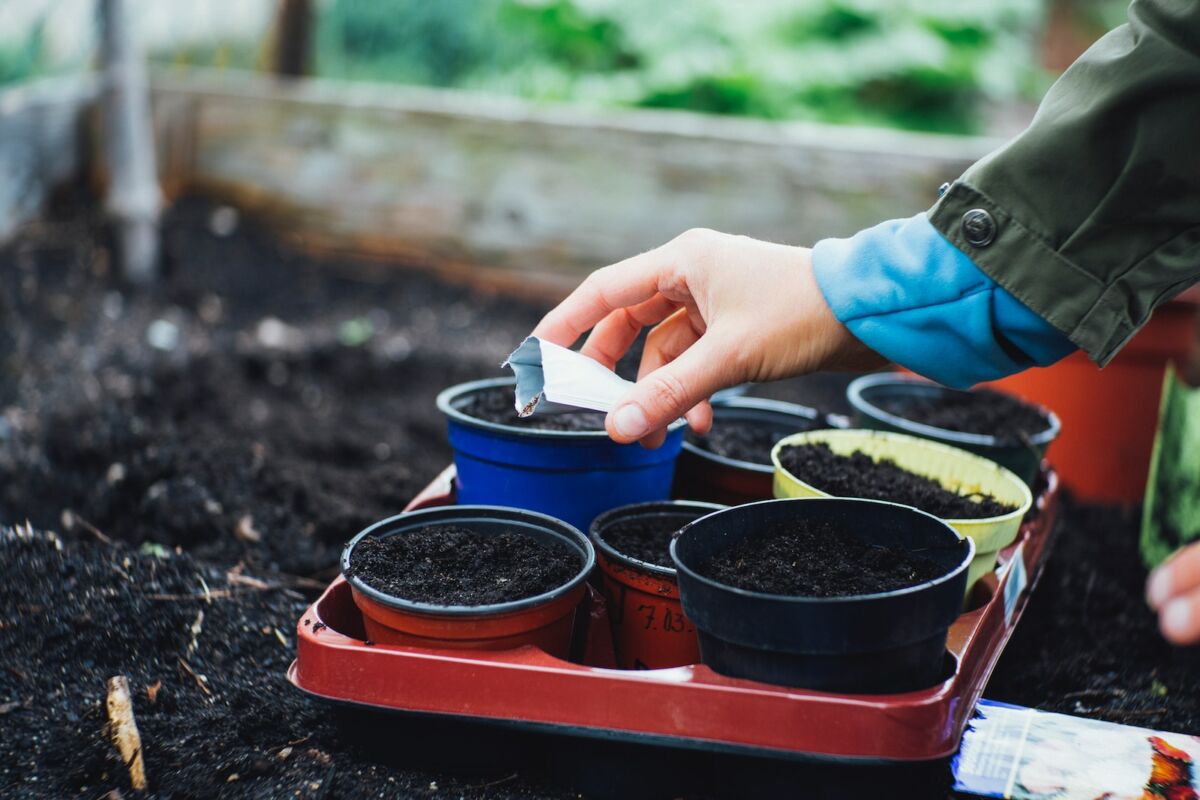
Transplanting Tomato Seedlings
Transplanting tomato seedlings is a popular method for growing tomatoes, as it allows gardeners to start the plants indoors and provide them with a controlled environment during their formative weeks. To transplant tomato seedlings:
- Start by sowing seeds in small containers approximately 6-8 weeks before the last frost date in your region.
- Keep the seedlings warm and sunny, ensuring soil temperature is about 60°F (16°C).
- Make sure to keep the soil consistently moist but not drowned, and provide adequate indirect sunlight.
When it’s time to transplant, follow these steps:
- Harden off the seedlings by gradually exposing them to outdoor conditions over a week.
- Choose a planting site in your garden that receives at least 6-8 hours of direct sunlight daily.
- To improve drainage and fertility, prepare the soil by working in compost and other organic matter.
- Dig a hole or a shallow trench and plant the seedlings deeper than they were in their containers, up to the top few leaves — this encourages the formation of additional roots along the stem, which strengthens the plant.
- Space the plants about 24-36 inches apart to allow for ample airflow and growth.
Direct Seeding in the Garden
Direct seeding tomatoes in the garden is another viable technique, although it generally requires a longer growing season and warmer climate. Before direct seeding:
- Make sure the danger of frost has passed and the soil temperature is around 60°F.
- Work compost and other organic matter into the soil to improve drainage and fertility.
To plant the seeds:
- Create shallow furrows in the prepared soil, and space the seeds about 12-24 inches apart.
- Lightly cover the seeds with soil or a seed-raising mix.
- Water gently but thoroughly to moisten the soil without disturbing the seeds.
- Thin seedlings as needed once they emerge, leaving the strongest plants to continue growing.
Consistent watering is necessary for healthy tomato growth regardless of the planting method. Ideally, provide one inch per week or 20 minutes of sprinkler time thrice weekly. Regular spraying with pest controls and monitoring for diseases are also essential for maintaining healthy, productive tomato plants.
Caring for Growing Tomato Plants
This section will discuss important factors for providing the best care to your growing tomato plants, including watering and fertilizing, pruning and supporting, and pest and disease management.
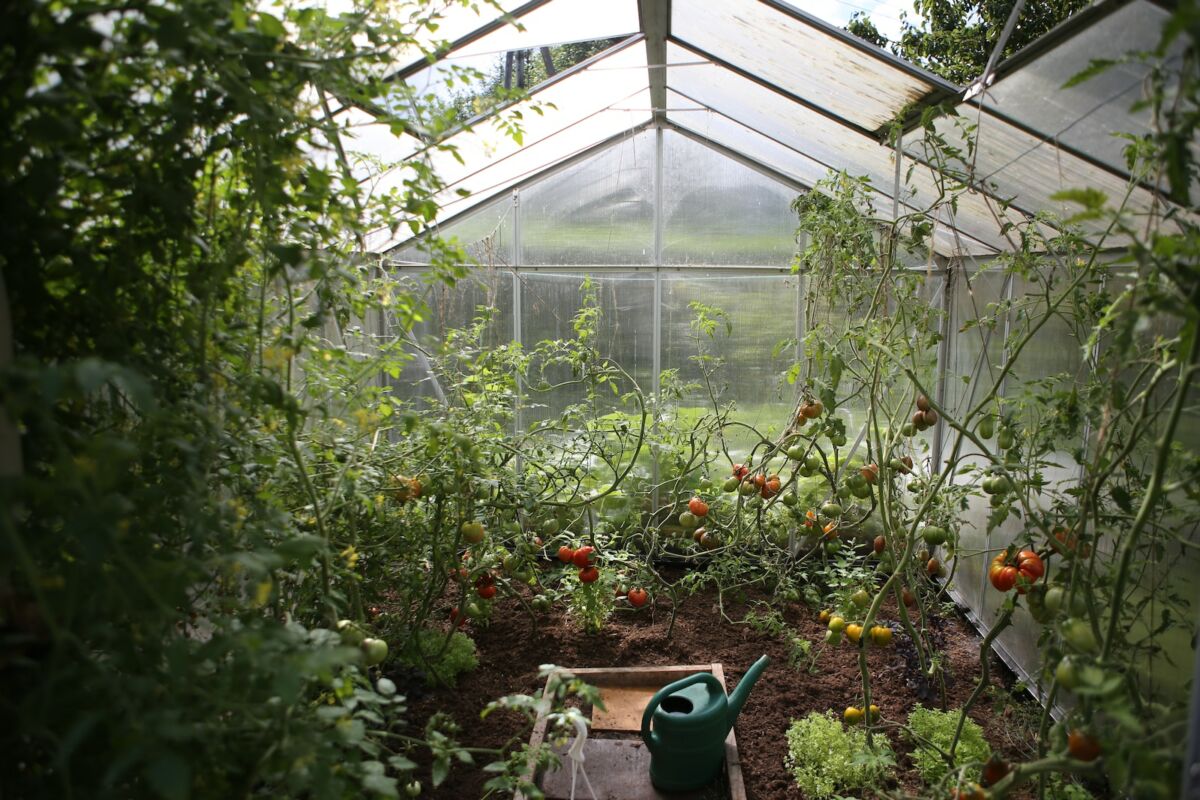
Watering and Fertilizing
Tomato plants require consistent moisture to grow well. Ideally, they should receive at least 1 inch of water per week through rain or supplemental watering. You may need to water more frequently in hot weather to prevent wilting. Ensure that the soil is well-draining to avoid waterlogging.
The ideal soil temperature for planting tomatoes is 60°F. They need 14 to 18 hours of artificial grow lights if they aren’t receiving sunlight.
When it comes to fertilizing, apply a balanced fertilizer (such as 10-10-10) at planting time and then apply side-dressing every few weeks or as needed to support growth.
Pruning and Supporting
Proper pruning of tomato plants ensures better air circulation, reduces disease risk, and supports the production of quality fruit. Remove any suckers (secondary stems) that develop in the crotch between the primary stem and leaf branches.
You can provide support to tomato plants through the use of staking, cages, or trellises. These also help reduce the risk of disease by keeping the plants off the ground.
Pest and Disease Management
There are several pests and diseases that may affect tomato plants. Some common pests include aphids and tomato hornworms, while diseases may include complications such as blossom end rot and blossom drop.
To manage pests, consider using insecticidal soap or neem oil as a natural option. Always follow the directions on the label and take care when applying to avoid harming beneficial insects.
For disease prevention, practice crop rotation and maintain good sanitation in the garden area to reduce the risk of pathogen buildup in the soil.
Harvesting and Using Tomatoes
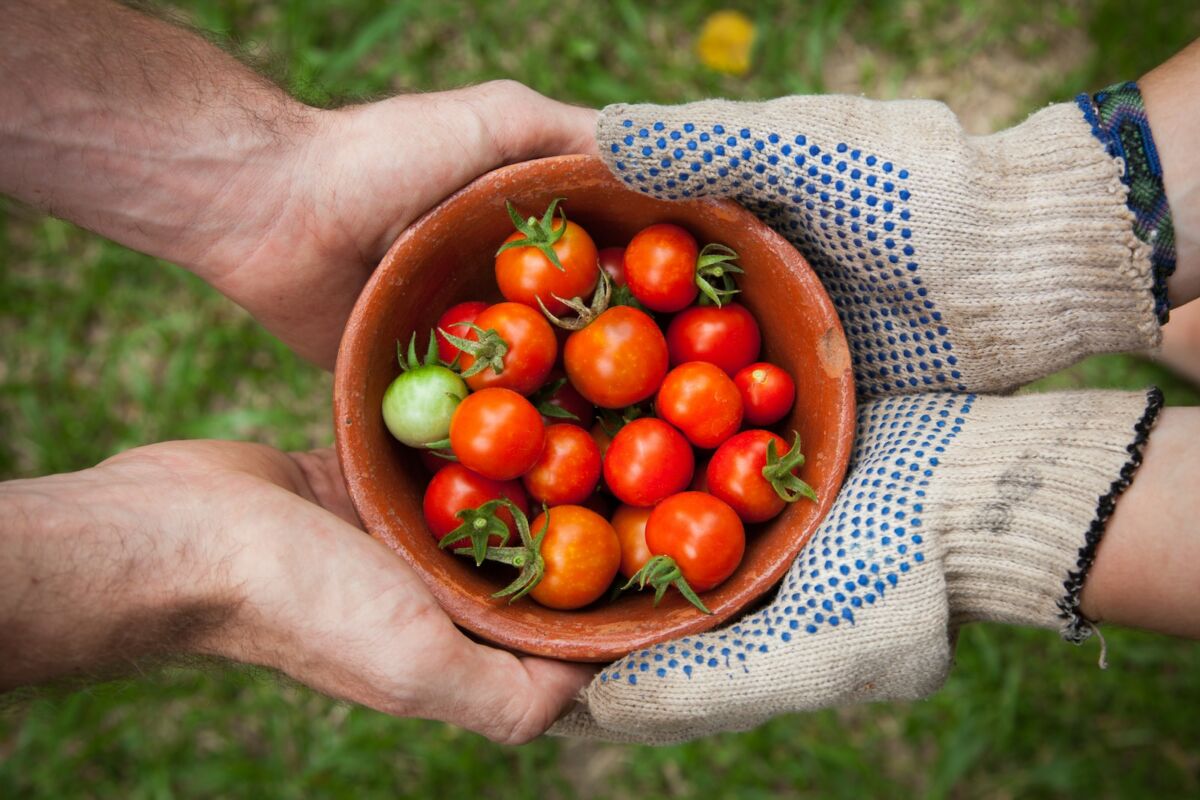
When to Harvest Tomatoes
Tomatoes should be harvested when they are fully colored and firm. The time it takes to reach this stage depends on the variety, with some taking as few as 50 days and others up to 100 days. Generally, you should harvest tomatoes 65 to 85 days after starting tomatoes from seed or 20 to 30 days after tomatoes first appear in your garden. Make sure you harvest before the first frost of the year.
Ripening Green Tomatoes
If you have green tomatoes that haven’t ripened on the vine, don’t worry. There are a few ways to help your tomatoes reach their ideal color and taste:
- Place them in a paper bag, box, or drawer with a banana or apple to speed up the ripening process. The ethylene gas produced by these fruits encourages ripening.
- Store them at room temperature, away from direct sunlight. Avoid temperatures below 50°F (10°C), which can negatively affect flavor and texture.
- Be patient. Green tomatoes may take up to two weeks to ripen fully indoors.
Tomato Recipes and Preservation Techniques
There’s no shortage of delicious recipes and preservation methods for harvesting ripe tomatoes. Here are some popular options to consider:
- Fresh tomato salads, salsas, or bruschetta.
- Canning whole, diced, or crushed tomatoes for later use in sauces or soups.
- Drying tomatoes in a dehydrator or low-temperature oven, then storing them in an airtight container.
- Freezing tomatoes in freezer-safe bags or containers to use in cooked dishes later on. It’s worth noting that freezing may change the texture, making them unsuitable for fresh dishes.
You can get creative with your tomato harvest and experiment with different recipes to find your favorites. Whether you prefer them fresh, canned, or dried, there’s no shortage of ways to enjoy and preserve your tomatoes.